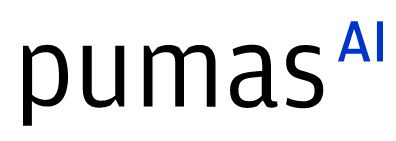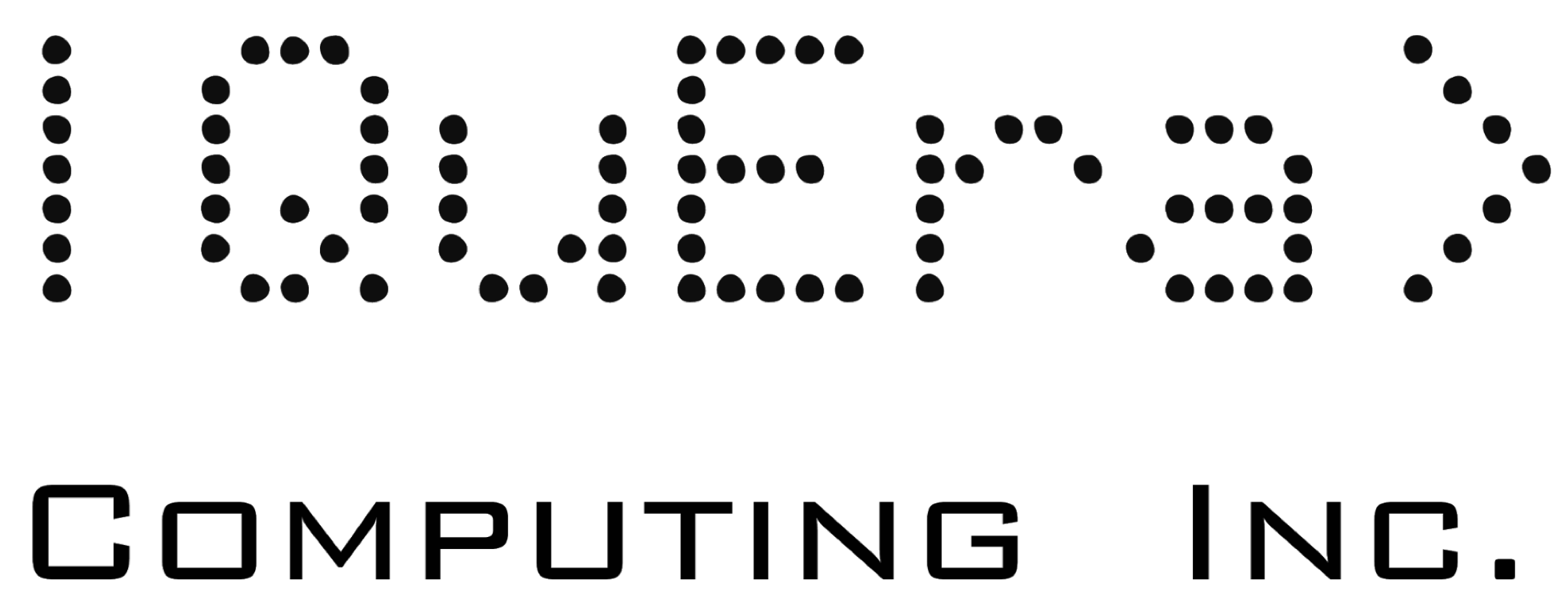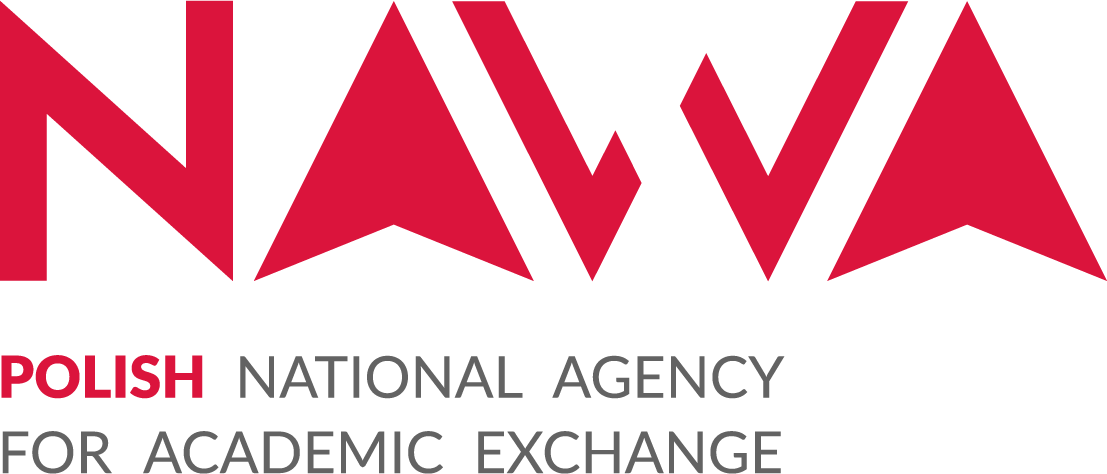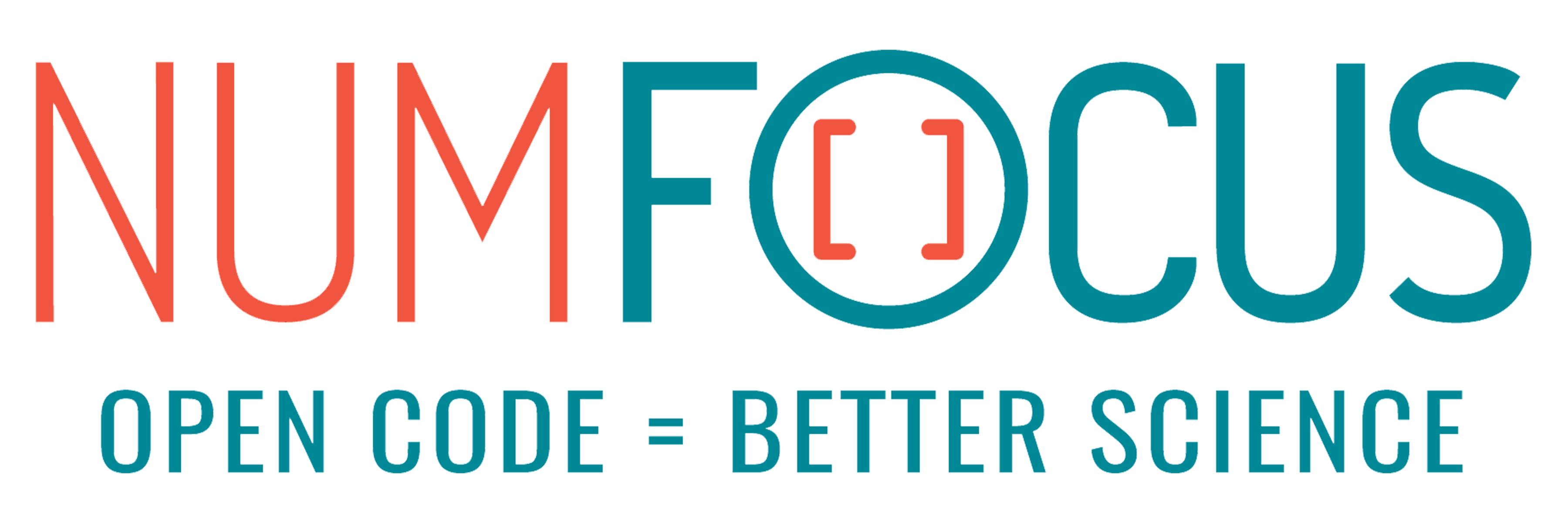Exploring topological invariants of Quantum systems in Julia
Abstract:
This talk explores the capabilities of the Julia ecosystem for topological physics, specifically the calculation of topological invariants for periodically driven non-equilibrium Quantum systems. Often, these quantities are related to topological properties of complicated geometric objects. Julia's ability to streamline these calculations and easily integrate mathematical libraries via multiple dispatch offers a powerful toolbox that simplify the exploration of new phenomena considerably.
Description:
In my current research, I focus on the evaluation of non-Abelian topological invariants in periodically driven non-equilibrium quantum systems. These invariants offer a rich phenomenology and can give rise to new and unexpected dynamic behavior in current-day experiments. They are related to the properties of quasi-energy manifolds that form knots in space and time. However, their calculation can be very challenging and computationally demanding.
To address these challenges, I have been utilizing the Julia ecosystem, which offers a powerful toolset for numerical calculations. Julia's ability to easily integrate mathematical libraries and perform multiple dispatch has enabled me to streamline the calculation of these topological invariants.
One of the key features of non-Abelian topological invariants is that they are not captured by traditional static and field-theoretic approaches. In this work, I will focus on a specific class of non-Abelian topological invariants known as the Euler invariants. These invariants are related to the topological properties of real gauge fields and have been shown to play an important role in the behavior of certain materials. By evaluating these invariants numerically, I aim to gain a deeper understanding of their properties and their potential applications in the field of quantum physics. In particular, I will demonstrate how the degeneracies of the quasi-energy bands give rise to a implicitly defined manifold with multiple components that form a complicated knots. To evaluate the topological invariants, one has to calculate integrals of the wave function on the knotted structure of the manifold. By utilizing DifferentialEquations.jl, manifold.jl, and ForwardDiff.jl, I am able to parallelize these calculations and explore the space of topological phase transitions efficiently. I will present how these packages can effectively work together without going into details.
In summary, my research aims to utilize the Julia ecosystem to evaluate non-Abelian topological invariants numerically, with the goal of gaining a deeper understanding of the exotic material properties they give rise to. The results of this research have the potential to lead to new insights and applications in the field of quantum physics.
Platinum sponsors

Gold sponsors

Silver sponsors




Bronze sponsors

Academic partners

Local partners

Fiscal Sponsor
